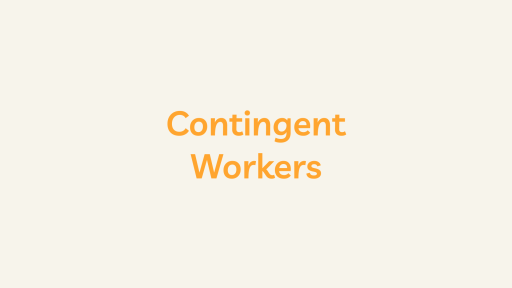Introduction
The traditional 5-day work week has been scrutinized recently as businesses and employees explore alternative approaches to foster a healthier work-life balance. One such paradigm gaining traction is the concept of a 4-day work week. This shift challenges conventional norms and can potentially revolutionize how we perceive and approach work.
1. Historical Context of 4-Day Work Week
The 5-day work week has been the standard for decades, rooted in the industrial revolution’s demands. However, with technological advancements and changing societal values, there’s a growing consensus that a shorter workweek might be more conducive to both personal and professional development.
2. Increased Productivity
Contrary to conventional wisdom, studies have shown that reducing the work week to four days can increase productivity. According to a study conducted by the Workforce Institute, companies that have implemented a 4-day workweek reported a 25% boost in employee productivity. For example, Microsoft Japan implemented a “4-day work week challenge,” resulting in a 40% increase in productivity and a significant reduction in electricity consumption.
3. Improved Work-Life Balance
A shorter work week can improve work-life balance, allowing employees more time for personal pursuits, family, and leisure. New Zealand’s Perpetual Guardian, a trustee company, successfully transitioned to a 4-day work week, reporting a 7% increase in overall life satisfaction among employees. This improved balance enhances well-being and reduces burnout and stress, contributing to a healthier and more motivated workforce.
4. Enhanced Employee Satisfaction and Retention
Companies adopting a 4-day workweek report higher levels of employee satisfaction and retention. Buffer, a social media management platform, found that 90% of their employees preferred the 4-day work week and reported higher job satisfaction. This shift in policy can be a powerful tool for attracting top talent and fostering a positive corporate culture.
5. Environmental Impact of 4-Day Work Week
Reducing the number of workdays can decrease energy consumption, commuting, and overall environmental impact. The shorter work week aligns with sustainable practices and showcases a commitment to corporate social responsibility. A study by the University of Iceland revealed a 45% reduction in carbon emissions when employees worked a 4-day week.
6. Challenges and Considerations of the 4-Day Work Week
While the benefits are evident, implementing a 4-day work week is challenging. Some industries may find it difficult to adapt, and careful consideration of potential drawbacks, such as longer daily hours, must be considered. However, innovative scheduling solutions and flexible arrangements can mitigate these challenges.
Conclusion
The 4-day work week represents a progressive step towards redefining the traditional work structure, promoting a healthier and more productive work environment. As companies explore new ways to optimize productivity and prioritize employee well-being, this paradigm shift may become a cornerstone in shaping the future of work.





